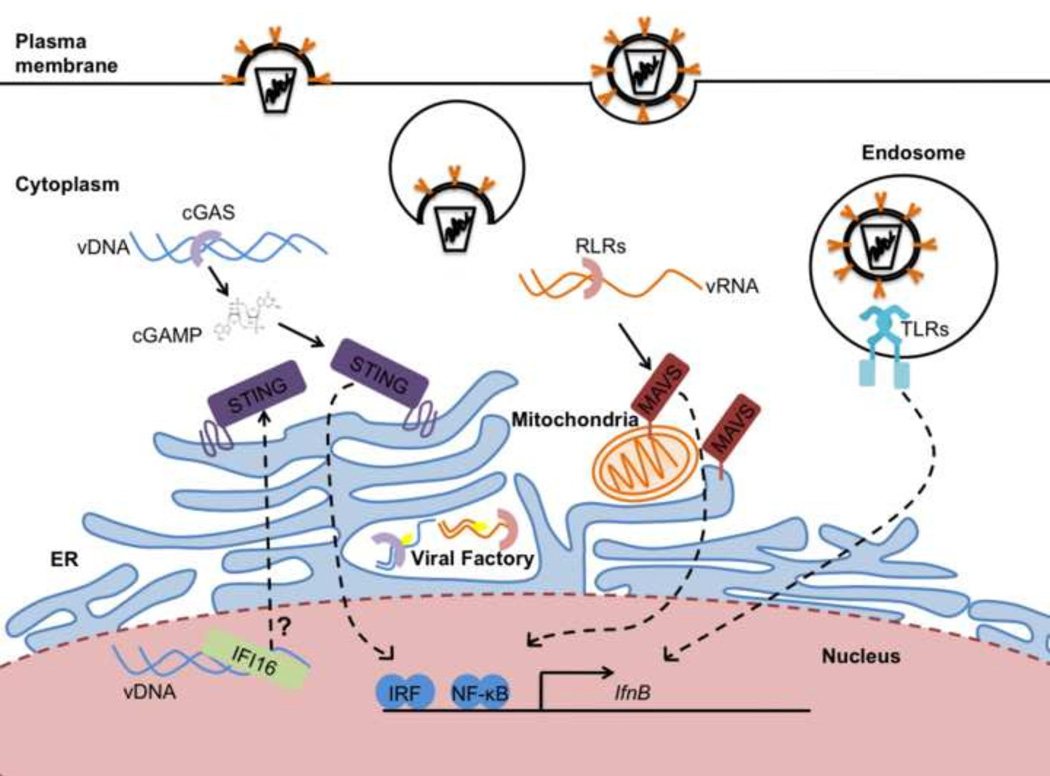Figure 1. Multiple organelles initiate signal transduction that lead to type I IFN expression.
Viruses can enter most cells through the endocytic pathway or by crossing the plasma membrane. TLRs detect viral genomes in endosomes. Once in the cytoplasm, genomic viral RNA (vRNA) can be detected by the RLRs and activate type-I IFN through MAVS, located on mitochondria and ER membranes. Genomic viral DNA (vDNA) is detected in the cytoplasm by cGAS or in the nucleus by IFI16. Both sensors activate STING to induce type-I IFNs. cGAS and RLRs can also detect viral replication intermediates in viral factories. All pathways activate the IRF and NF-kB transcription factors to stimulate IFNB transcription.

